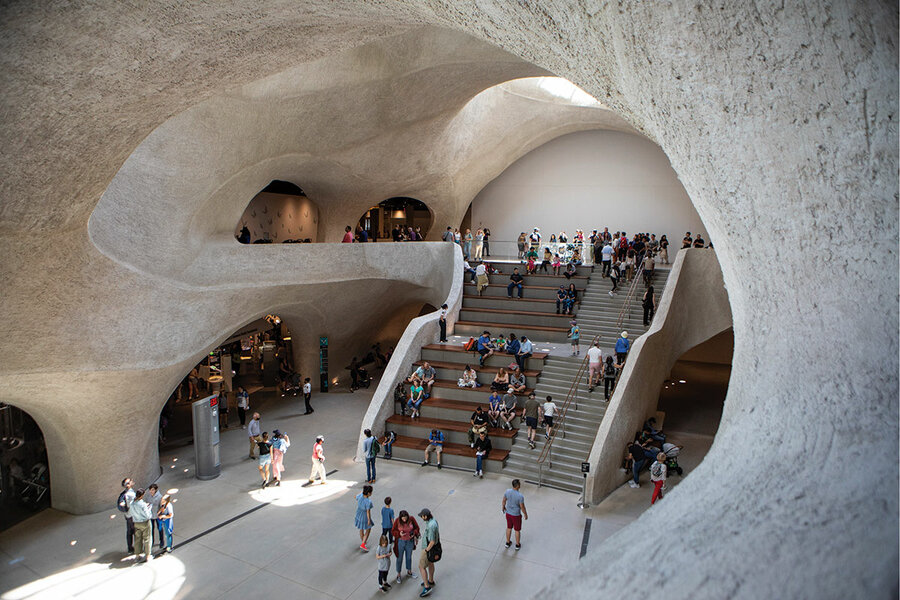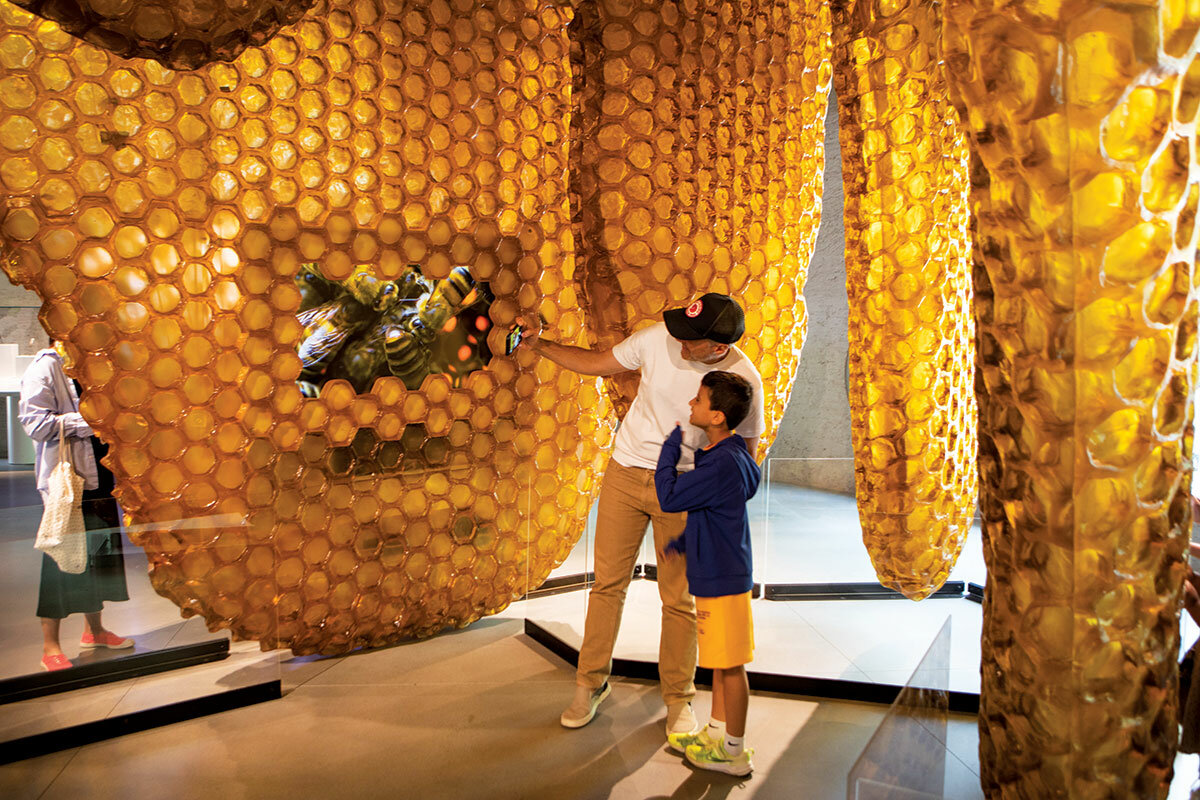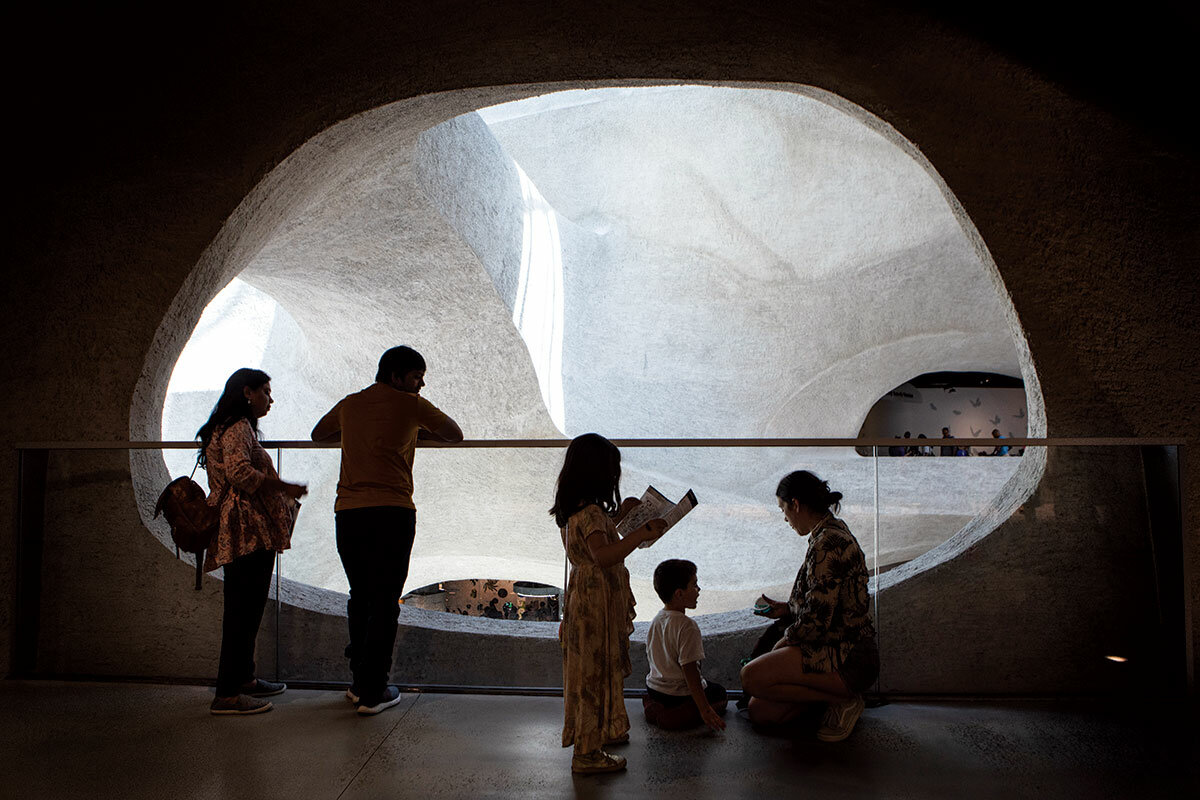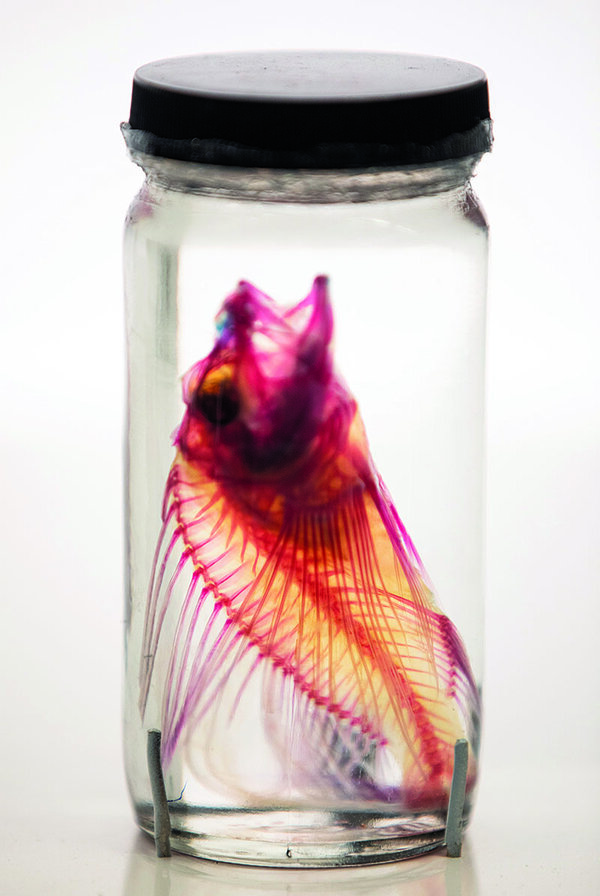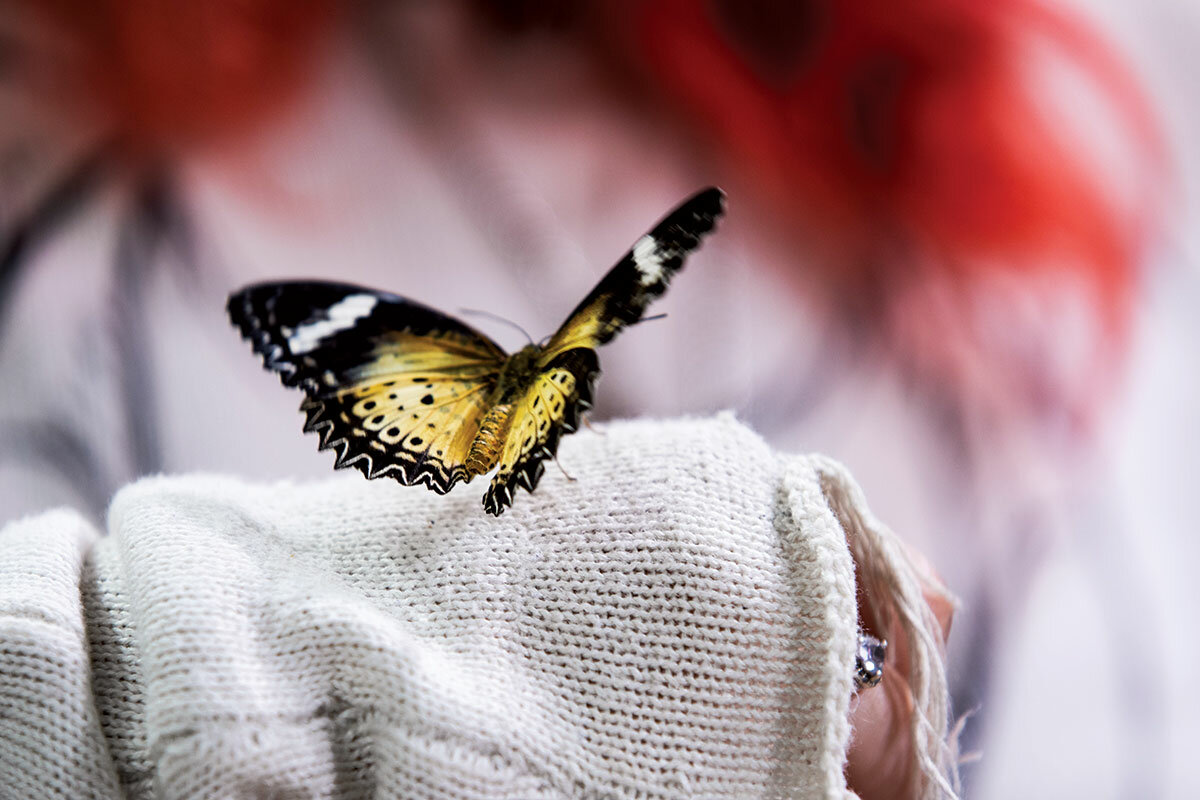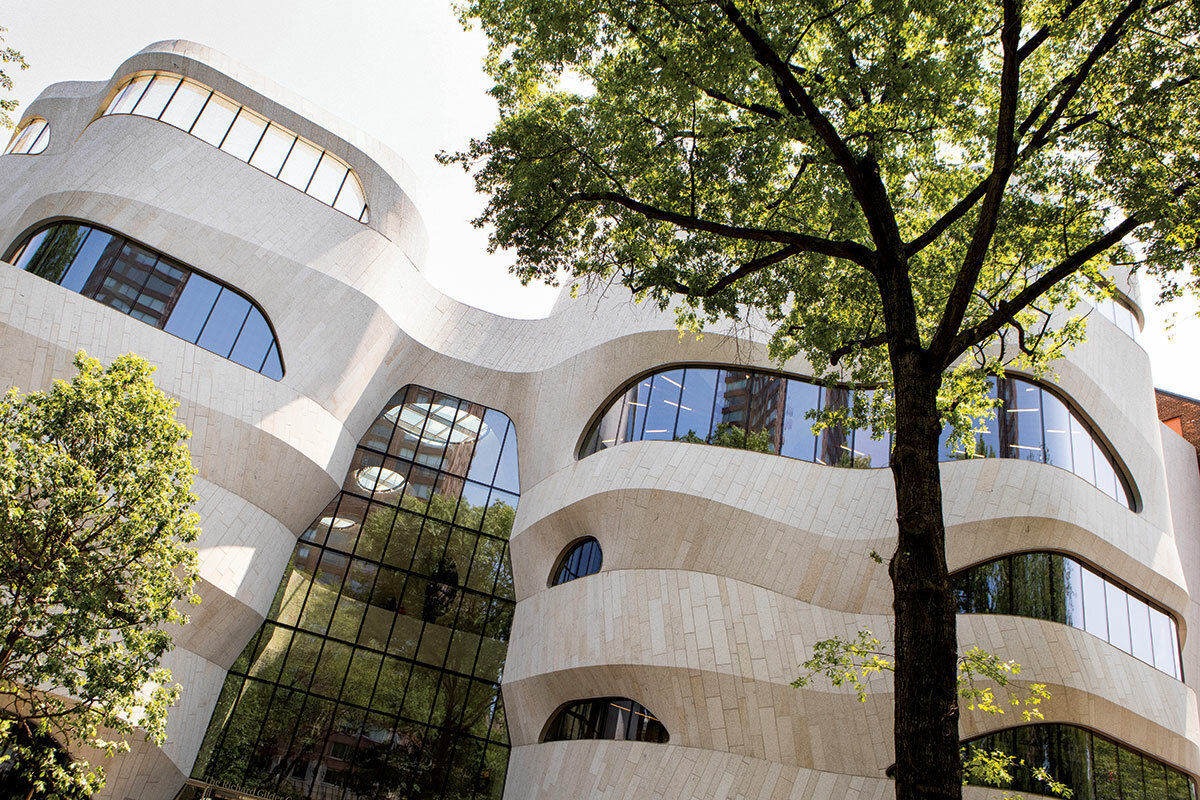In Pictures: It’s a bug’s life, we’re just along for the ride
Loading...
| New York
In a single strip of turf, insects see a towering forest with hidden passageways. What may seem insignificant to us is a thriving universe for them.
The insectarium inside the newly opened Richard Gilder Center for Science, Education, and Innovation at the American Museum of Natural History in New York brings this perspective home to us, the giant visitors. It allows us to contemplate the incredible diversity and complexity of insect life.
The star attraction is the ant colony. Ants are sophisticated farmers who create sprawling fungal gardens, nourished by leaves they can only obtain through cooperation. Slowly but surely, the ants navigate their way over skybridges, up poles, and across moats, adapting and learning as they explore.
“We are studying how to maintain the colony,” says James Carpenter, curator of invertebrate zoology at the museum. Visitors “seeing the ants foraging and caring for their fungus garden is the goal.”
By promoting a bug’s-eye view, the museum’s new wing challenges our preconceived notions of scale and significance. It reminds us that every living organism, no matter how small, plays a vital role in the grand tapestry of life on Earth.




